About Refractories
What Are Refractories?
 Refractories are heat-resistant materials that constitute the linings for high-temperature furnaces and reactors and other processing units. In addition to being resistant to thermal stress and other physical phenomena induced by heat, refractories must also withstand physical wear and corrosion by chemical agents. Refractories are more heat resistant than metals and are required for heating applications above 1000°F (538°C).
Refractories are heat-resistant materials that constitute the linings for high-temperature furnaces and reactors and other processing units. In addition to being resistant to thermal stress and other physical phenomena induced by heat, refractories must also withstand physical wear and corrosion by chemical agents. Refractories are more heat resistant than metals and are required for heating applications above 1000°F (538°C).
While this definition correctly identifies the fundamental characteristics of refractories--their ability to provide containment of substances at high temperature--refractories comprise a broad class of materials having the above characteristics to varying degrees, for varying periods of time, and under varying conditions of use. There are a wide variety of refractory compositions fabricated in a vast variety of shapes and forms which have been adapted to a broad range of applications. The common denominator is that when used they will be subjected to temperatures above 1000°F (538°C) when in service. Refractory products fall into two categories: brick or fired shapes, and specialties or monolithic refractories. Refractory linings are made from these brick and shapes, or from specialties such as plastics, castables, gunning mixes or ramming mixes, or from a combination of both.
Many refractory products, in final shape, resemble a typical construction brick. However, there are many different shapes and forms. Some refractory parts are small and may possess a complex and delicate geometry; others are massive and may weigh several tons in the form of precast or fusion cast blocks.
What Are Refractories Made Of?
Refractories are produced from natural and synthetic materials, usually nonmetallic, or combinations of compounds and minerals such as alumina, fireclays, bauxite, chromite, dolomite, magnesite, silicon carbide, zirconia, and others.
What Are Refractories Used For?
In general, refractories are used to build structures subjected to high temperatures, ranging from the simple to sophisticated, e.g. fireplace brick linings to reentry heat shields for the space shuttle. In industry, they are used to line boilers and furnaces of all types--reactors, ladles, stills, kilns--and so forth.
Depending upon the application, refractories must resist chemical attack, withstand molten metal and slag erosion, thermal shock, physical impact, catalytic heat and similar adverse conditions. Since the various ingredients of refractories impart a variety of performance characteristics and properties, many refractories have been developed for specific purposes. It is a tribute to the refractory engineers, scientists and technicians, and plant personnel that more than 5000 brand name products are listed in the latest Product Directory of the Refractories Industry in the United States.

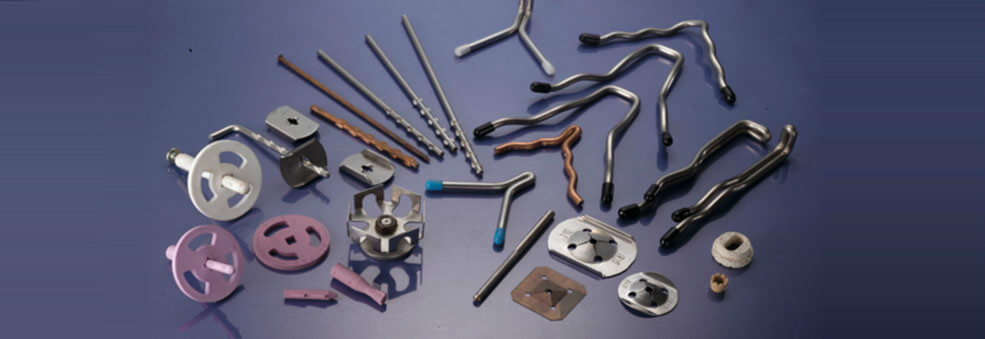

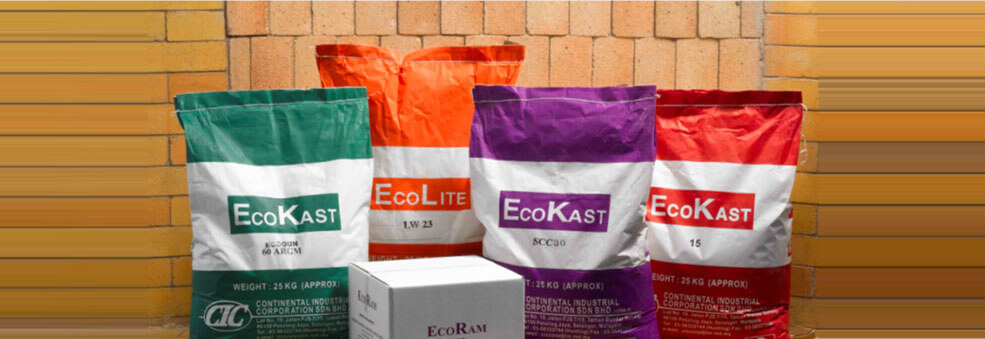
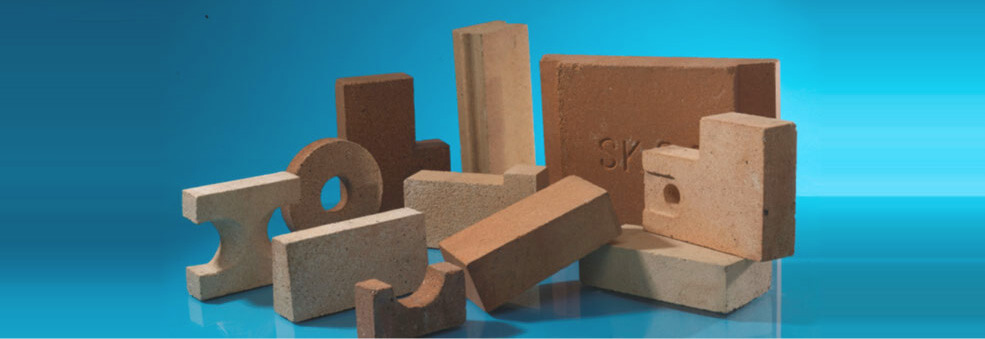
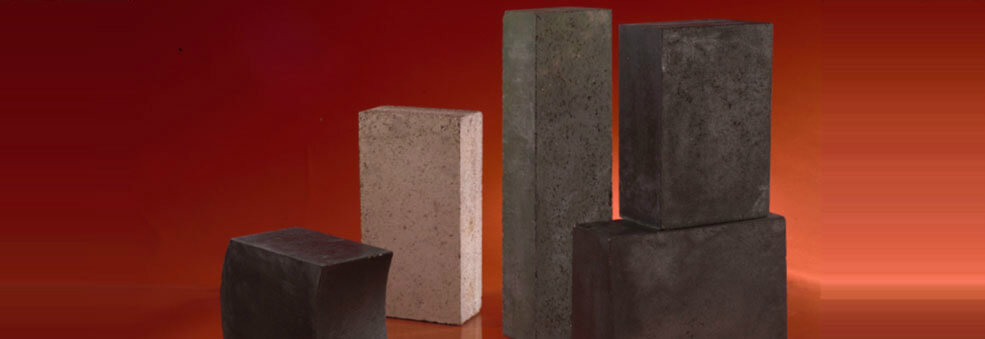
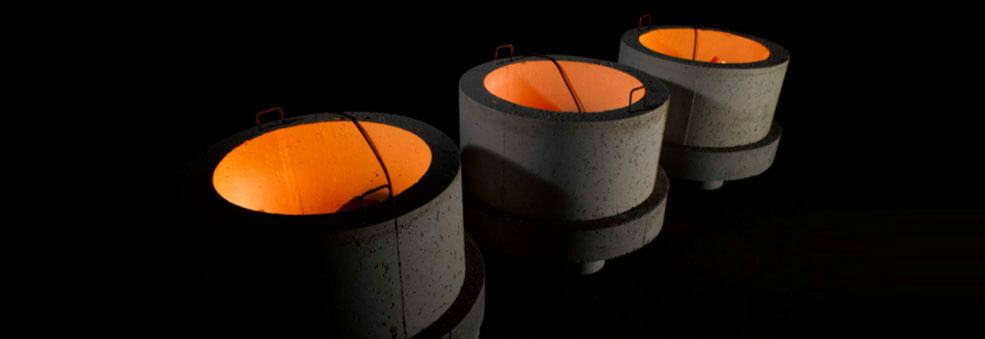








 Refractories are heat-resistant materials that constitute the linings for high-temperature furnaces and reactors and other processing units. In addition to being resistant to thermal stress and other physical phenomena induced by heat, refractories must also withstand physical wear and corrosion by chemical agents. Refractories are more heat resistant than metals and are required for heating applications above 1000°F (538°C).
Refractories are heat-resistant materials that constitute the linings for high-temperature furnaces and reactors and other processing units. In addition to being resistant to thermal stress and other physical phenomena induced by heat, refractories must also withstand physical wear and corrosion by chemical agents. Refractories are more heat resistant than metals and are required for heating applications above 1000°F (538°C).

